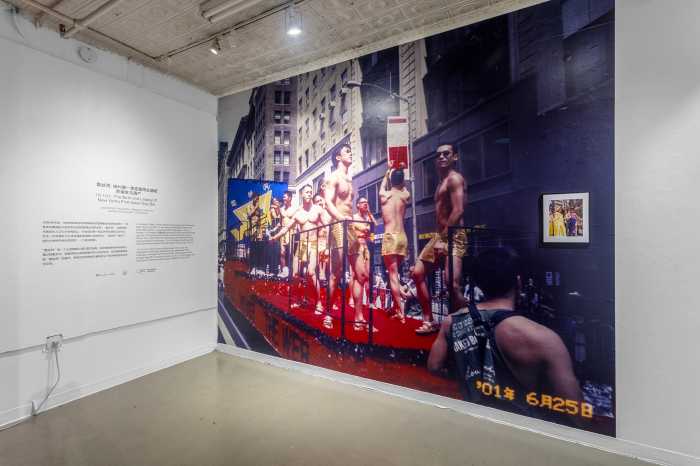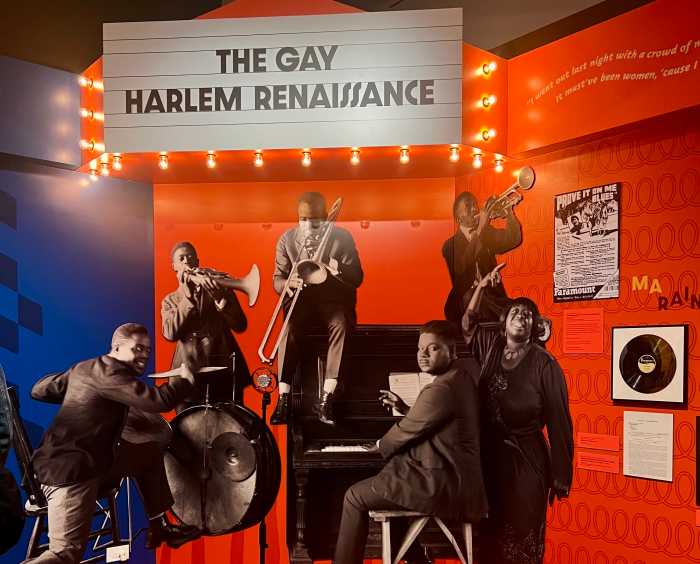Macro ideas meet micro dimensions at “Small is beautiful, Miniature Art,” an international miniature art exhibition now open in New York after touring in Paris and London. Organized by Fever, Serge Victoria, and Encore Productions, the exhibit features over 130+ pieces from 32 international artists who are known as some of the best in the trade and the most popular on social media.
Dating back to ancient times, miniature art has long been a way to replicate real life on a smaller, and more accessible, scale. Small is Beautiful pays homage to this tradition with the city’s largest-ever exhibit devoted to miniature art, located in Manhattan at 718 Broadway, just south of Astor Place.
One of the exhibition’s featured artists is dollhouse-maker Nicolas Guérin, who joins Small is Beautiful in New York from Paris, France. Guérin specializes in 17th- and 18th-Century, French Revolution-era architecture with a focus on mansions, townhouses, and châteaux. His architectural training and work as an interior designer are made clear in his immaculately detailed, 1:12 scale-model creations, which evoke a sense of luxury and wonder.
For Guérin, classical French architecture is marked by two opposing forces: beautiful buildings and radical change.
“I love this idea of a ‘this is the end but everything is turning beautifully’ period of contrast,” Guérin said. “I love contrast. I think it’s my favorite word.”
Guérin spends much of his time in a Parisian neighborhood called Le Marais, which is known for being a hub for LGBTQ+ artists, full of art galleries, cafes, gardens and hôtels particulars — mansions inhabited by French aristocrats centuries ago. Many of them have been converted into museums, and for the most part have remained untouched.
“To be a queer artist in Paris is a very good experience,” he said. “I draw inspiration [from Le Mariad] everyday – everything has something historic and beautiful there to appreciate,” he said.
Since he was a child, he had always been interested in creating art on a miniature scale. In fact, creating miniature pieces was, for Guérin, a way to replicate things he couldn’t have, such as toys that were meant for girls.
“I learned if I needed something, create it!” he said.

Guérin has heard his own story told back to him from many of his peers, who, as children, also learned to just create the toys they did not have.
“We had to make our toys by ourselves during our childhood and I guess it’s the best motivation,” he said.
Despite this underlying similarity, other styles in the queer dollhouse-making community can be as varied as Gothic houses to scenes from the Titanic, according to Guérin, and everything in between.
“We have our own universe,” he said, noting that the first dollhouse he ever owned — at the age of 12 or 13 — was decorated in a “Marie Antoinette” style.
Guérin’s process is meticulous, with projects often taking months to finish. Once he has a completed drawing, he transfers the design to his computer to plan every inch of the structure in detail. After he cuts the wooden base of the model with a laser, he works with plaster, plywood, cardboard, and paint to construct his dollhouse from the ground up. For paint, Guérin prefers Farrow & Balls. “You can easily mix them together,” he said. “The finish is wonderful.”
Since the exhibition opened February 21st, Guérin is excited for the public to visit Small is Beautiful in New York, especially after the success of the London exhibit.
“England is actually the land of dollhouses because dollhouse art is an English tradition,” Guérin said. “Now the exhibit is open in New York…I can’t wait!”





































